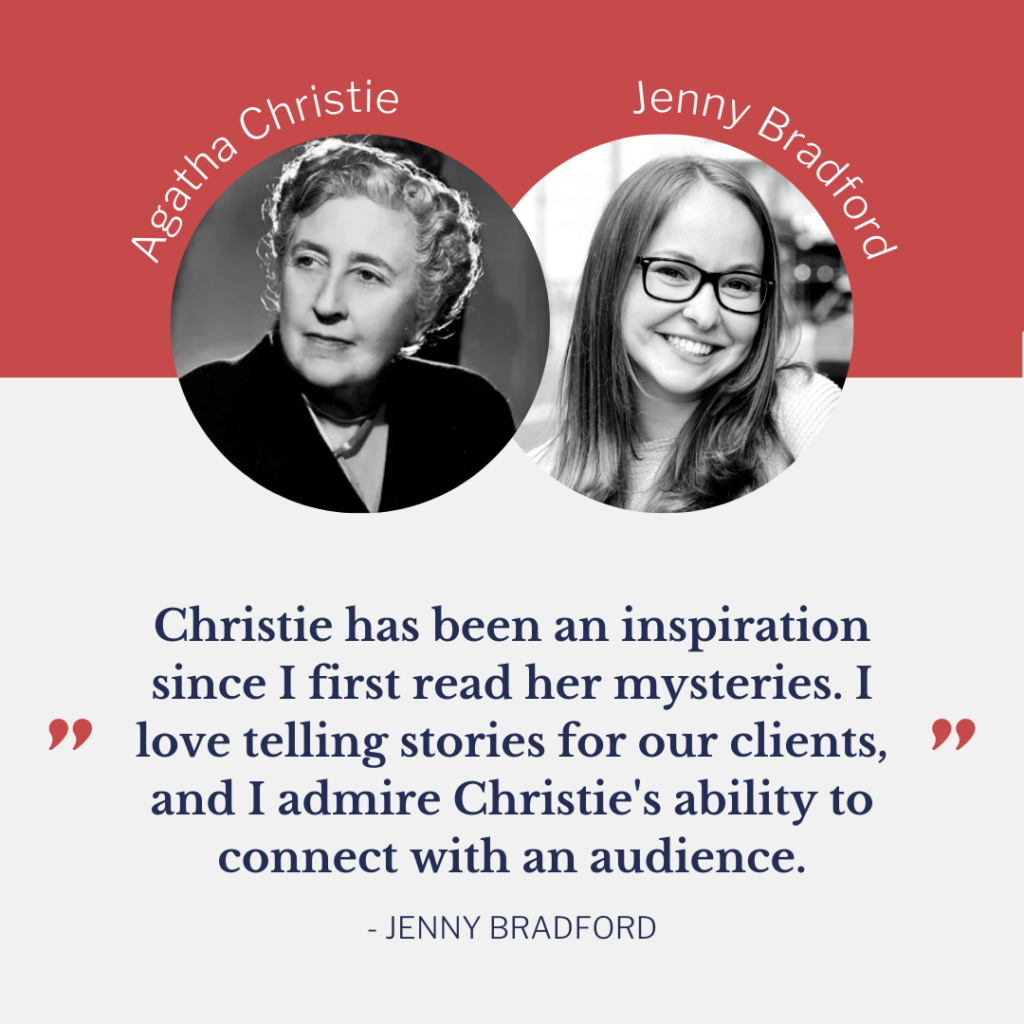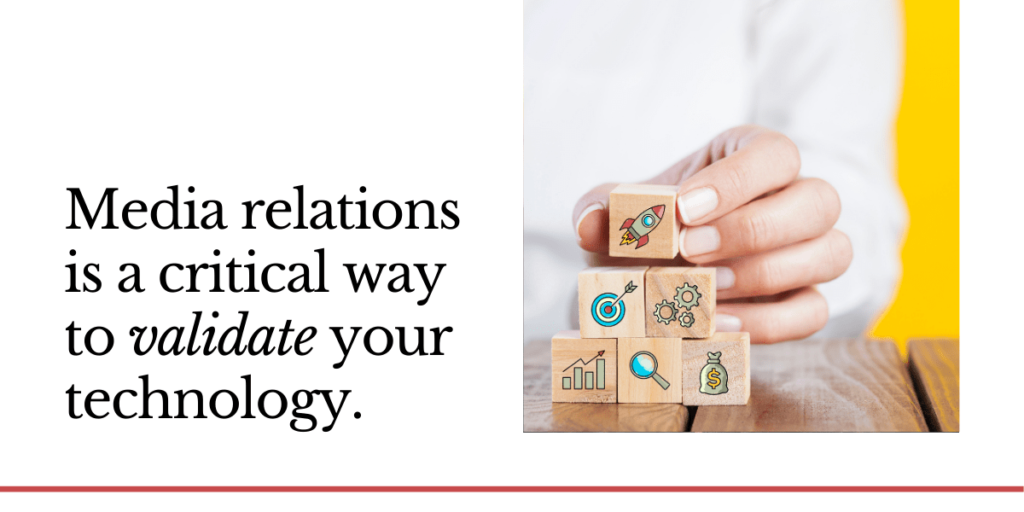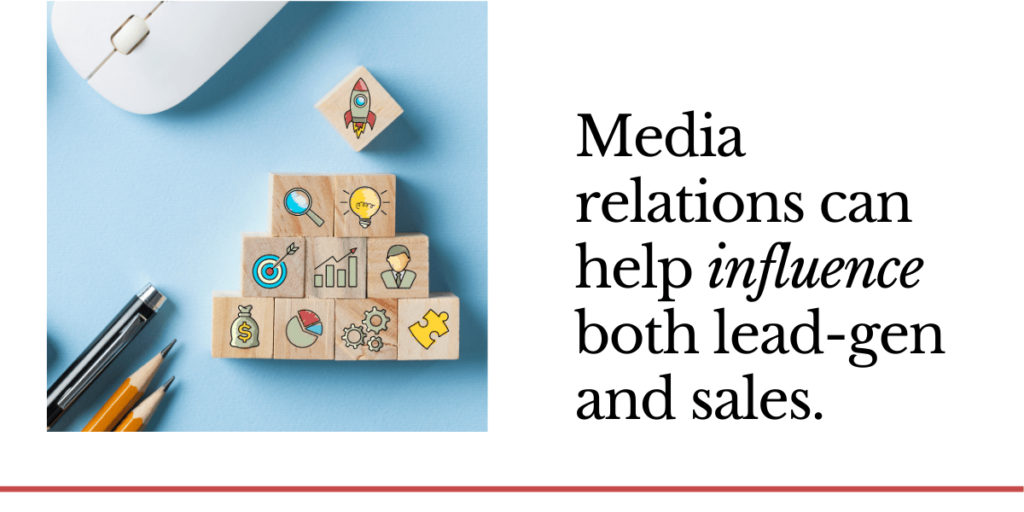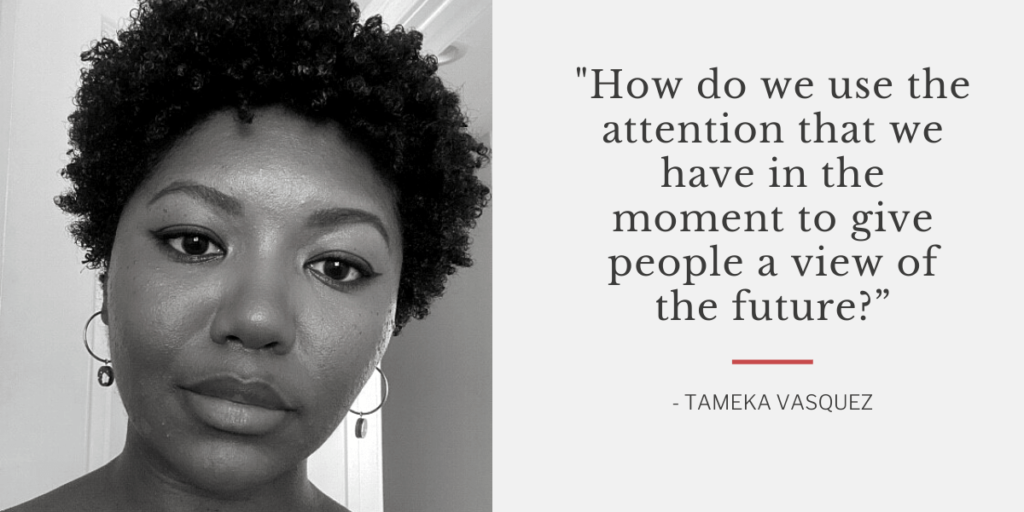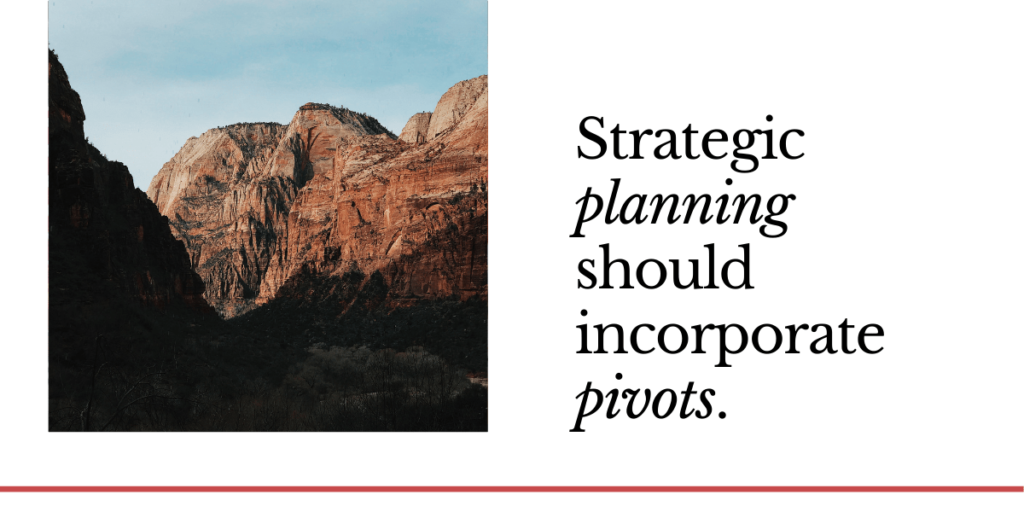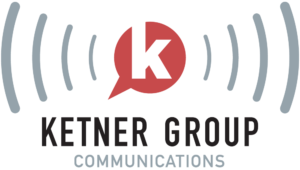Texans love their H-E-B. The beloved grocer was recently named the Ultimate Texas Brand by Texas Monthly readers, who overwhelmingly crowned H-E-B the winner over 49 other iconic Texas brands including Dairy Queen, Whataburger, Buc-ee’s, Southwest Airlines (that holiday scheduling fiasco didn’t help) and many others.
Why H-E-B? It all boils down to an incredible corporate reputation that’s authentic and well-earned. It’s what every company, both B2C and B2B, strives for.
That’s why building a great brand is a cornerstone of public relations. As a B2B retail tech PR agency, our goal is to help our clients break through the clutter and create the kind of brand reputation that can give them an edge in a crowded field of technology vendors.
Speaking and awards play a vital role in this, and they’re an important part of a well-rounded, strategic PR program.
When your company wins an award or an executive is selected to speak at a conference, it sends a powerful message to customers, prospects, investors and future employees.
1. Build thought leadership
Here are several ways that speaking and awards contribute to a successful PR strategy.
Speaking at a key retail event gives your company instant credibility. When one of your customers or company executives takes center stage at Shoptalk, NRF or another prominent retail conference, you gain a captive audience that’s eager to learn about your solutions and how your company can help retailers improve performance.
Every event has its own requirements for speaking submissions, and while many opportunities are free, some are paid. Our team knows the ins and outs of all the key retail events, and we provide expert guidance to our clients as part of their overall PR strategy.
Awards also build thought leadership for your company and its executives.
For example, RIS News recognized Michael Jaszczyk, CEO of our client GK Americas, as one of its Top 10 Movers and Shaker in Retail in 2022, positioning him as one of a elite group of top retail influencers, and our client SymphonyAI Retail CPG was recently recognized as a top 100 IT company by Inbound Logistics, among many other awards.
These are powerful testimonies of a company’s thought leadership and position as a retail tech provider, and we can share dozens of other examples.
2. Highlight customer successes
Retailers love to hear how your company’s solutions have helped other retailers. There’s no better proof point than a customer that’s willing to share their success with your solutions.
Many speaking opportunities are only open to retailers, but it’s well worth it for retail tech companies to nominate their customers as speakers.
Retailers are eager to learn from other successful retailers, and your executives can attend the event and participate in the discussions that ultimately follow successful speaking opportunities. That in turn can lead to follow-up conversations and ultimately help drive sales.
Awards may focus on specific customer implementations, while others, such as the RIS Leaderboard, are based on real-world customer feedback from hundreds of retailers. This kind of recognition builds credibility and guides retailers in choosing possible retail technology partners. It can pay big dividends, too.
For example, when one of our former clients was acquired by a large technology company, the press release specifically mentioned our client’s outstanding performance in the Leaderboard, which was one of our key strategies for building their brand reputation.
3. Demonstrate growth and momentum
Everyone loves a winner. That’s why prestigious awards such as the Deloitte Fast 50 and the Inc. 5000, which recognizes America’s fastest growing companies, are so important. These are highly selective awards! But if your retail tech company is a leader and growing quickly, awards such as these can validate your success and lift you above the competition. We’ve helped many of our clients win these kinds of prestigious awards.
Of course, speaking and awards don’t exist in a vacuum – they must be part of a multifaceted, strategic PR program that includes media relations, content development, analyst relations, social media and other elements. A great PR program must work synergistically with a company’s overall marketing plan and business goals.
So when your company wins an award or secures a high-visibility speaking engagement, shout it from the rooftop!
Incorporate it into your social media and sales outreach, feature it prominently on your website and include it in sales presentations. In some cases, a significant award may be newsworthy enough for a press release.
Put your company in the spotlight
If you’re looking to build a high-impact, comprehensive PR program, the Ketner Group team would love to talk to you! Download our Retail Tech PR Handbook to learn more about our best-practice approach to retail technology PR, then get in touch with us.
We look forward to hearing from you.


